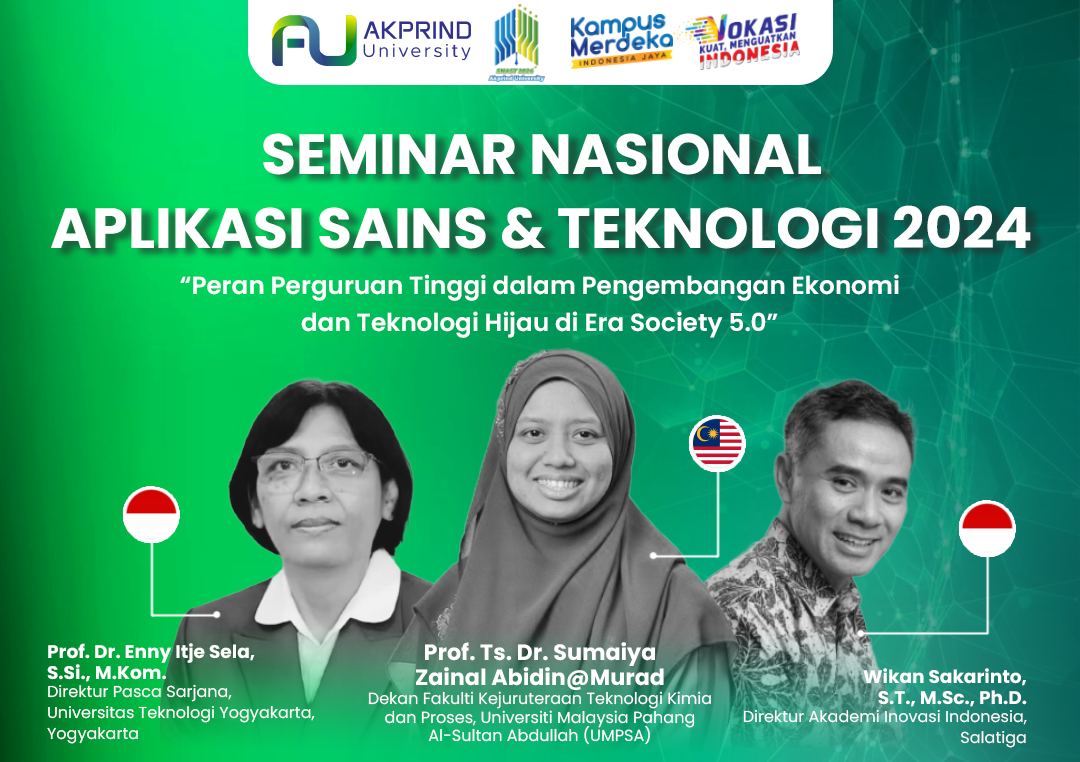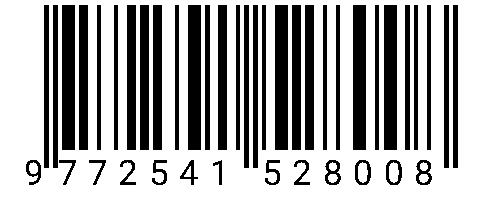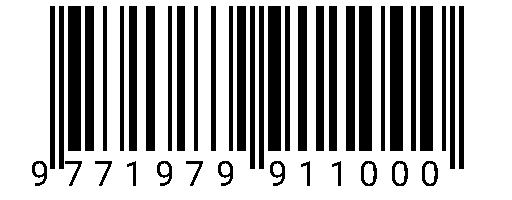PENGARUH KELAS LIPATAN JAHITAN (SEAM) TERHADAP PEMAKAIAN BENANG POLYESTER SPUN 40/2 PADA MATERIAL KAIN TENUN ANYAMAN KEPER GRAMASI 200-220 g/m2
DOI:
https://doi.org/10.34151/prosidingsnast.v1i1.4981Keywords:
sewing thread consumption, seam class, woven fabric constructionAbstract
Seam or seam folds, is one of the variables that affect the consumption of thread usage in the clothing production process. ISO 4916:1982 classifies seam folds into 8 classes, namely from class 1 to class 8. At the Surakarta Textile and Textile Product Industry Community Academy, the implementation of the clothing production process is carried out during practical courses, and one of the outputs is a student uniform with woven fabric material using a keper woven construction with a grammage of 200-220 g / m2, using polyester spun yarn 40/2 sewing thread. The research methodology was carried out by measuring thread consumption in 8 seam classes, then the measurement data was processed using statistical tests in the form of normality tests and one-way ANOVA. The result is a normally distributed experiment with data from each seam class being homogeneous, and the results of the average analysis show that between one seam class and another, there is no significant effect on thread usage. The study results of the sample length with the average thread length show that the minimum thread usage requirement for each seam class is twice the length of the sample.
References
Ali Nazakat, Rehan Abdul Malik, Ahmed Zamir, Memon Hafeezullah, Hussain Ahmer. 2014. Effect of Different Type of Seam, Stitch Class and Stitch Density on Seam Performance. Journal of Applied and Emerging Sciences. Vol. 5, Issue 1. 32-43.
Choudhary A.K. and Goel, Amit. 2013. Effect of Some Fabric and Sewing Condition on Apparel Seam Characteristics. Journal of Textiles. Vol. 2013.
Islam Mazharul, saha Palash Kumar, Islam Md Nazmul. 2019. Impact of Different Seam types on Seam Strenght. Global Journal of Research in Engineering. Global Journal of Researches in Engineering. Vol. 19., Issue 4.
Kadolph, J. S., and Langford, A. L. 2009. Textiles (10th ed.). Pearson Prentice Hall.
Kemala, Cut Intan, Fitriana, dan Fadhilah. 2021. Hubungan Penguasaan Materi Teknologi Menjahit Terhadap Hasil Jahitan Siswa Pada Mata Pelajaran Pembuatan Busana Custom Made Kelas XI Busana 2 SMK Negeri 2 Lhokseumawe. Jurnal Ilmiah Mahasiswa Pendidikan Kesejahteraan Keluarga. Vol. 6, No: 3, Hal. 82-89.
Kusumadewi, Afriani dan Pravitasari, Filly. 2021. Pengaruh Jumlah Putus Benang Terhadap Quality Control Jahitan di CV Batara Apparel. Jurnal Saint dan Teknik. Vol. 03. No. 01. Hal. 49-53.
ISO 4916:1991 Textile, Seam Type, Thermonology and Classification
Minghat, Asnul Dahar dan Azizah, Disun. 2011. Faktor-Faktor yang Mempengaruhi Pemilihan Kursus Rekaan dan Jahitan di Daerah Muar, Negeri Johor. Journal of Technical, Vocational & Engineering Education. Vol. 4 Desember 2021. Hal. 58 76.,
Nurprihatin, Filscha Yulita Nur Eka, Caesaron, Dino. 2017. Usulan Pengurangan Pemborosan Pada Proses Penjahitan Menggunakan Metode Lean Six Sigma. Proceeding Universitas Widyatama.
Sulam, Abdul Latief. 2008. Teknik Pembuatan Benang dan Pembuatan Kain Jilid I. Direktorat Pembinaan Sekolah Menengah Kejuruan.
Siregar, Elvida dan Hutapea, Flora. 2013. Perbedaan Hasil Jahitan Blus Antara Pola Leeuw Van Rees dengan Pola M.H Wancik Untuk Wanita Bertubuh Gemuk. Jurnal Pendidikan Teknologi dan Kejuruan. Vol 14., No. 2., Hal 23-27.
Tina, Martina; Tresnawardhani, Annisa; Supandi. 2014. Perencanaan Perhitungan Kebutuhan Benang pada Garmen T-shirt untuk Gramasi Kain Yang Berbeda. INVOTEC Volume X Nomor 1, Hal. 89-100
Downloads
Published
Issue
Section
License
Copyright (c) 2024 Abdul Rohman Heryadi

This work is licensed under a Creative Commons Attribution-ShareAlike 4.0 International License.







